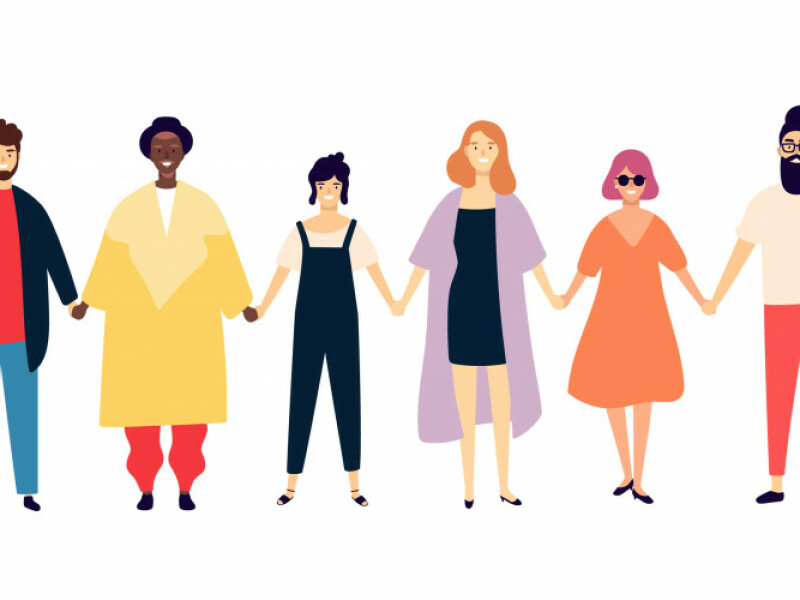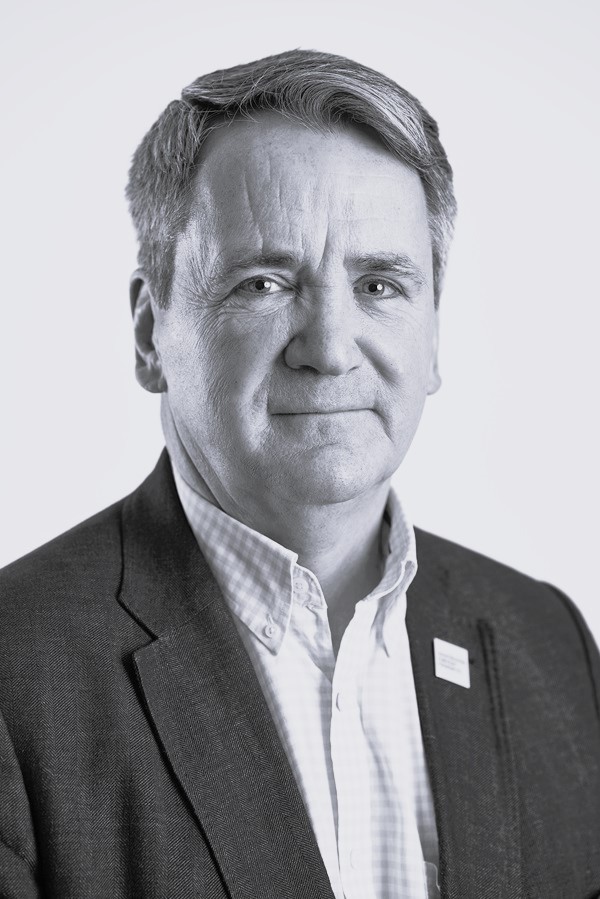At last, organisations are beginning to realise what they have been missing out on by not having a diverse workforce. In our recent webinar, Managing Partner David Sole, unpicked diversity and how it can be achieved. Beyond this, he explored Inclusion, ‘the real game changer’, discussing what inclusion actually means, why it matters and how it can be developed.
He started by separating Diversity into three tiers:
- The Obvious and Apparent is diversity that everyone can see including biological gender, age, race and ethnicity etc
- Superficial diversity, which is perhaps less visible, does not lie too far beneath the surface. It includes gender identity and expression, sexual orientation, education, religion etc., and
- Invisible diversity - the difference that is not immediately obvious or transparent and that needs to be revealed, such as your personal beliefs and values, attitudes to work, personality type or thinking style.
In many cases invisible diversity is the lever that enables true cognitive diversity - diversity of thought. Notwithstanding that, many obvious and superficial characteristics and cultural norms contribute significantly towards our beliefs, values and attitudes. Therefore it is not unreasonable for organisations aiming for cognitive diversity to start with more noticeable characteristics that are perhaps easier to address, such as gender or ethnicity.
Achieving diversity in organisations lays the foundations, but it is an inclusive culture that really makes the difference. Inclusivity is for everyone, not just minority groups, and it is a societal issue, not just a business one.
Inclusivity is for everyone, not just minority groups, and it is a societal issue, not just a business one.
David Sole
Frequently, what gets measured, gets done. Therefore it is unsurprising that many organisations focus their energy on hitting diversity targets – whatever they might be. Inclusion is harder to measure, not least because it is a feeling. As defined by the CIPD, Inclusion is the extent to which everyone at work, regardless of their background, identity, or circumstance, feels valued, accepted and supported to succeed at work.
Inclusion is about cultural change and consequently needs to be a leader-led activity. Yet for an enduring change, it must be addressed throughout the business – from bottom to top.
The School for CEOs have developed their own framework – the ABC Model of Inclusive Leadership – which leaders can use to calibrate their own leadership approach.
C stands for Curiosity
Being curious about yourself, others and other cultures will help you to develop awareness and shed some light on your own unconscious biases. Central to this is the need to maintain a Growth Mindset and hunger to learn – about people, cultural nuances and your own blindspots.
B stands for Behaviours
How do you act and behave at work and are you aware of how others perceive you? How do you consciously ensure that your colleagues feel valued, accepted and supported to succeed? How do you ensure that all views, perspectives and opinions are voiced?
If you have nurtured cognitive diversity in your organisation, you will have to become comfortable with conflict – accept it, value it and be respectful of alternative views. You will also need to be sensitive to how organisational hierarchies might affect others’ ability to challenge and disagree with you and your perspectives.
Building trust is key to ensuring you and your team become used to conflict and work together effectively. Your behaviour(s) will either facilitate or inhibit that trust from being established.
A stands for Accountability
You must hold yourself, and others to account to ensure that you lead in an inclusive way. As a leader, you should role model inclusive behaviour and encourage others to develop true accountability rather than pay lip service to laminated values statements pinned to walls. Accept that you are not perfect – you will not get it right all the time every time - so celebrate when others step up and hold you to account.
It all begins with self-knowing. Working with coaches and using 360 interviews is a great way to increase self-awareness and address personal barriers. Mentoring, and in particular reverse-mentoring, can offer detailed insights into how others experience your leadership. And done right, detailed training programmes can help address biases and build momentum for more inclusive workplaces.
There is no silver bullet to inclusive leadership, however, by following the ABC’s guiding principles you will begin to focus your attention on aspects of your leadership that will create a significant impact.
If you would like to learn more about Inclusive Leadership and you would like support on prioritising activities throughout your organisation, we can help you.
Email info@schoolforceos.com and speak to a member of our experienced team.


